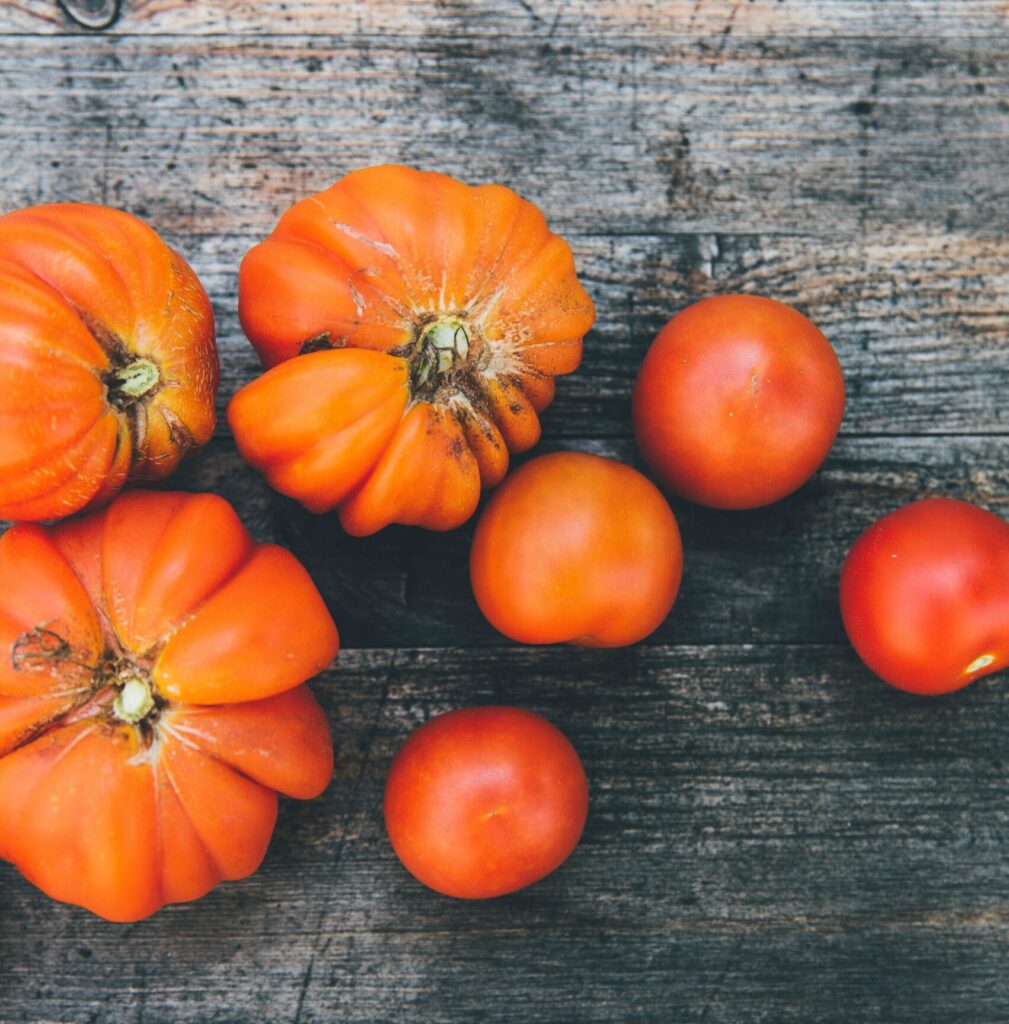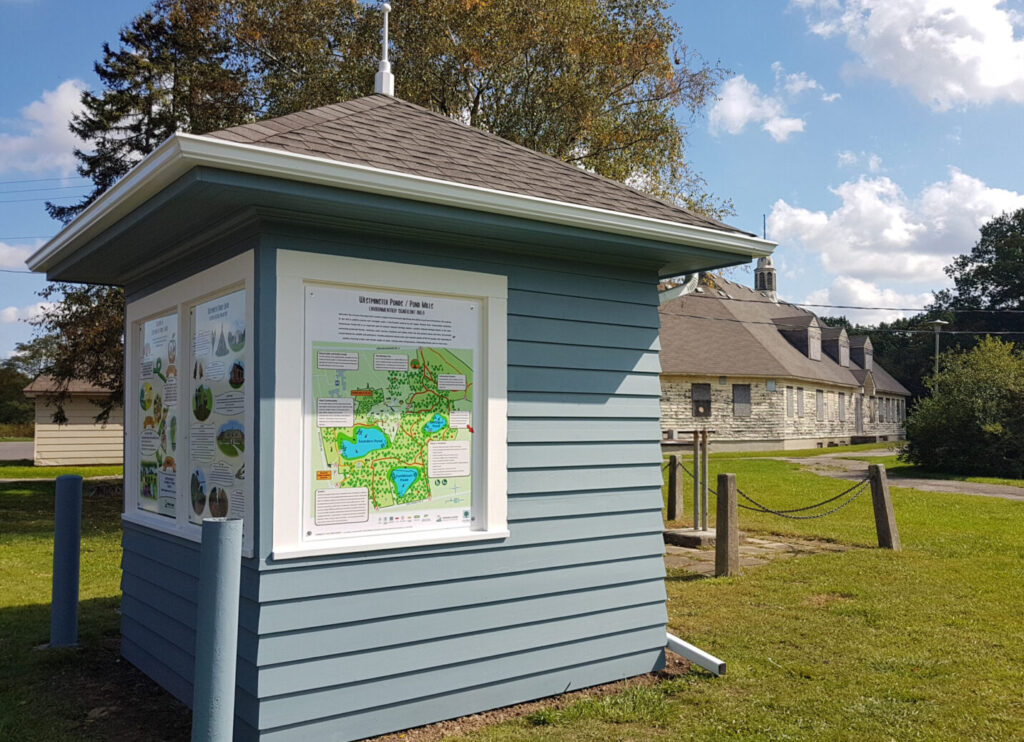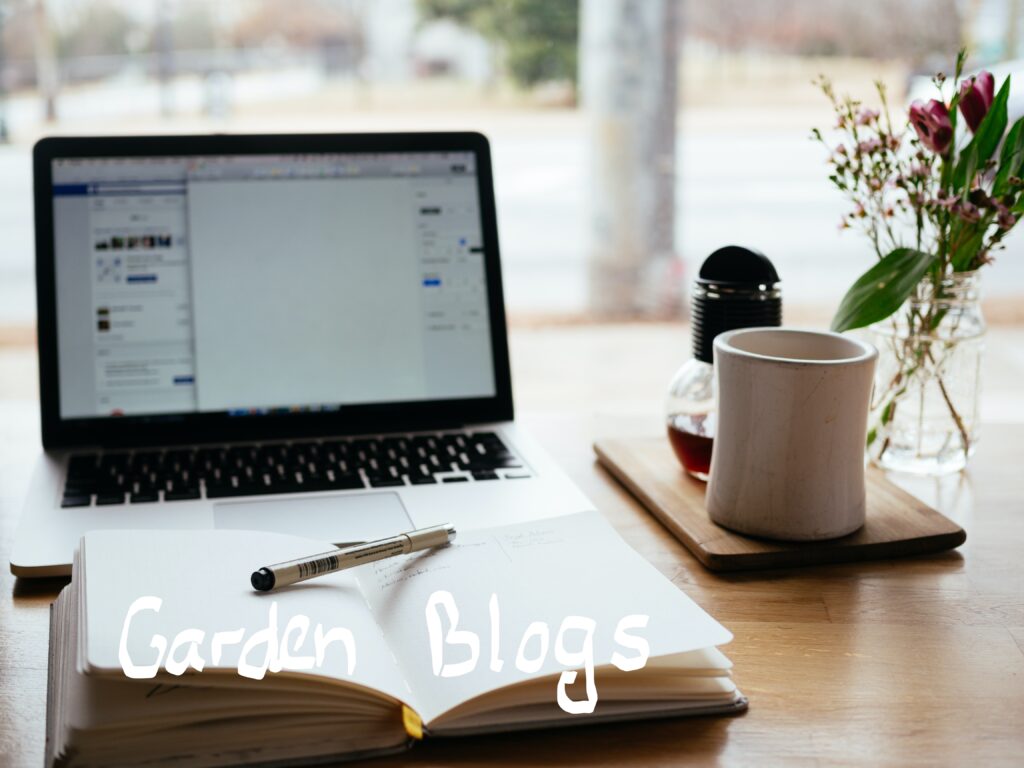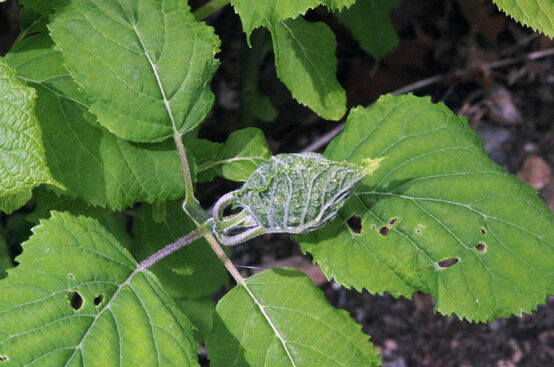
Seedy decisions in the vegetable garden
It’s that time of year again. You know, that narrow sliver of the year between when your vegetable garden has just finished producing but before you start planting seeds for the upcoming season? It’s vegetable seed decision time!

Photo by Markus Spiske on https://unsplash.com/
You have so many fun decisions to make that will impact the coming year.
What vegetables and fruits are you going to grow? Will you try a new crop this year? Once you’ve narrowed down the types of food plants in your garden, you next have to determine the variety (or varieties) of those plants that get the privilege of growing in your garden.
Here is my vegetable garden seed choice process
The first task is to determine what foods I’m going to grow. The general trend seems to be that I rarely let go of a food crop, but instead add a new type each year. This year I’m trying lima beans and celtuce, based on great things I’ve heard from other gardeners.
Declutter your seed stache
Old seed packages accumulate. This makes planting time confusing, especially if you store seeds in recycled containers and your labelling skills leave a bit to the imagination. There are two things you can do. Get rid of old seed from varieties that you aren’t going to plant again. If you have saved seed over multiple years, toss the old seed that you have replaced with fresher seed.
Pick a variety
Next, for each food crop, I carefully select a variety.
Open-pollinated vegetable seed for variety and seed saving
I like the economy and community of seed saving. For easy-to-save self-pollinating plants, I grow at least one variety that is open-pollinated so that I can save seeds. While modern open-pollinated varieties exist, many open-pollinated plant varieties are heirlooms. These are exciting to grow, not only because the seed is shared among gardening friends, but also because of the range of colours, flavours and tastes these old varieties offer.
Hybrid seed for insurance
I have a soft spot for hybrids though, because they offer greater yields and disease resistance. For plants that can succumb to diseases, this resistance is critical to ensuring a harvest . The key is to know the diseases that you are likely to get. I have seed catalogues from Missouri to Manitoba to Maine. The most common plant diseases will vary based on your climate, so I need to select varieties that will protect my plants in my garden.
Relax for a moment
Once you’ve done the monumental task of determining what to plant, relax for a few days. You’ll need the rest before you start planting!
Check out these related articles on our website:
http://8ff.ad6.myftpupload.com/grow-a-rainbow-of-tomatoes/
http://8ff.ad6.myftpupload.com/hybrid-heirloom-seeds/





About The Author: Amy Turnbull
Scientist, researcher and professor at Fanshawe College. Avid grower of edibles in her home garden.
More posts by Amy Turnbull